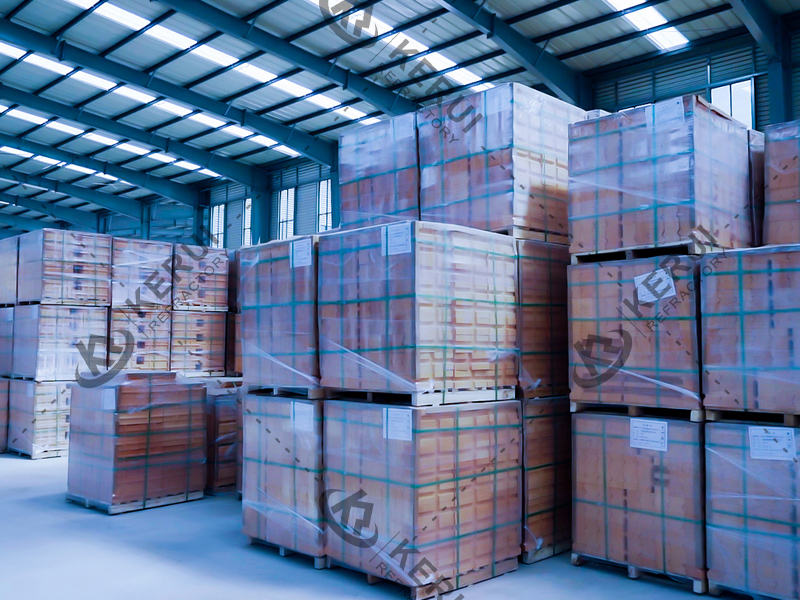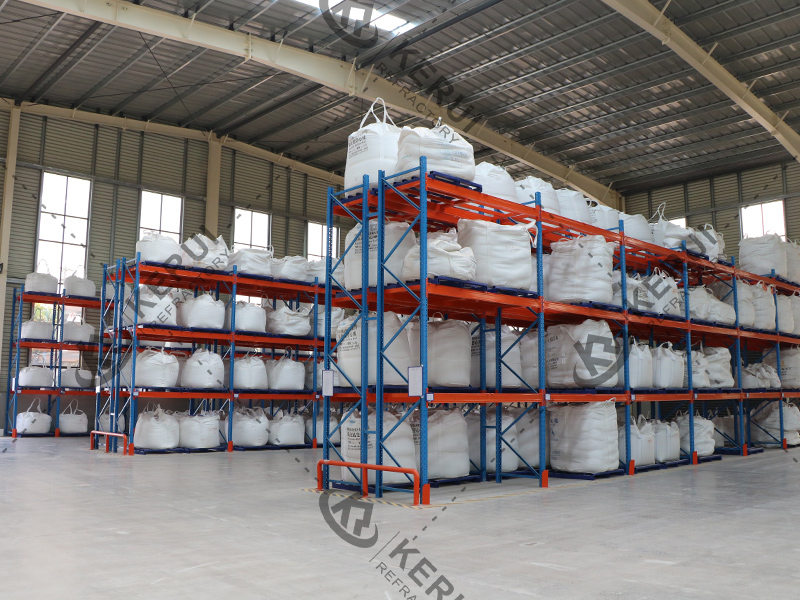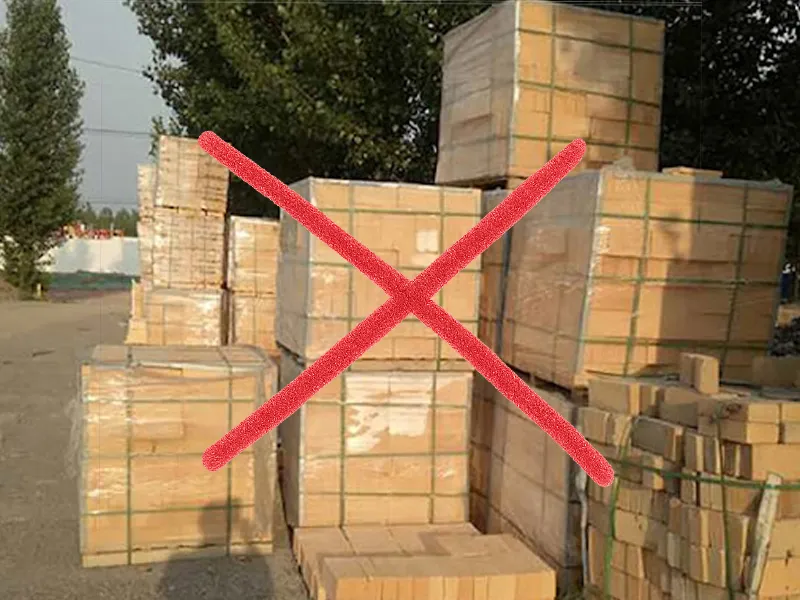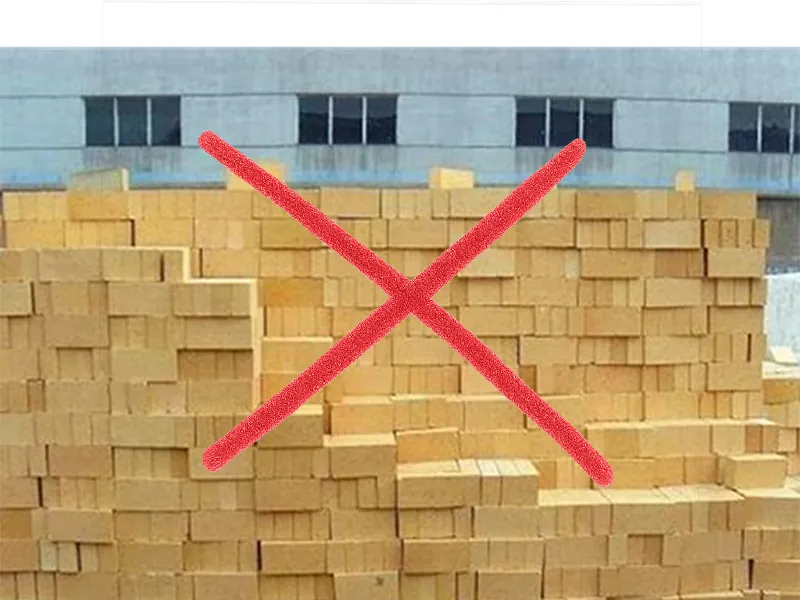In high-temperature industries, refractory products are the foundation of safe, efficient, and long-term operation. Whether you are lining a steel ladle, a cement kiln, or a glass furnace, the performance of refractory products directly affects production stability. But beyond product quality, shelf life is a critical factor that buyers and maintenance managers cannot overlook. Using expired refractory products may lead to reduced performance, unexpected failures, and costly downtime.


The following discussion highlights the expected shelf life of refractory products and provides advice on when to arrange supply for maintenance projects.
1. Shelf Life of Refractory Bricks
Unlike many refractory products, refractory bricks have a relatively long storage life. If properly stored in a dry, ventilated warehouse, most types of refractory bricks—including high alumina bricks, fireclay bricks, silica bricks, magnesia bricks, and insulating bricks—can maintain their performance for at least 12–24 months.
However, storage conditions matter:
Moisture control: Water absorption can weaken bonding strength and cause cracks during use.
Mechanical damage: Long-term stacking without protection can lead to edge chipping and reduced dimensional accuracy.
Contamination: Avoid exposure to dust, chemicals, or oils that may penetrate the surface and affect thermal resistance.
In practice, most suppliers (including Kerui Refractory) recommend using refractory bricks within 12–18 months of production, especially if high mechanical precision or tight tolerances are required.
2. Shelf Life of Monolithic Refractory Products
Monolithic refractories—such as castables, ramming mixes, gunning mixes, refractory mortars, and bonding cements—have a much shorter shelf life compared to bricks.
Castables & ramming mixes: Typically 6–12 months. Beyond this period, binding agents (like cement or silica sol) may react with moisture and lose strength.
Refractory mortar & cement: Usually 3–6 months in sealed packaging. Prolonged storage may cause caking or loss of plasticity.
Ceramic fiber coatings & adhesives: Around 6 months, depending on storage temperature and packaging integrity.
Using expired castables or mortars can lead to poor bonding, reduced mechanical strength, or even premature lining failure under thermal stress.
3. Best Practices for Storage
To maximize shelf life and ensure product performance:
Store in a dry, ventilated warehouse away from rain, ground moisture, or direct sunlight.
Keep packaging sealed until use; once opened, materials should be consumed quickly.
FIFO principle: Follow First In, First Out to avoid aging stock sitting in the warehouse.
Check before use: If the material shows signs of caking, moisture penetration, or loss of flowability, consult the supplier before installation.


4. Procurement Planning: When to Order
Timely procurement is as important as correct storage. Many high-temperature industries operate on tight shutdown schedules, and any delay in refractory delivery can cause significant losses.
Here are some practical recommendations:
Refractory bricks: Place orders at least 2–3 months before your scheduled maintenance. This ensures sufficient time for production, quality inspection, export packaging, and international delivery.
Castables and monolithics: Because of shorter shelf life, order 1–2 months before installation to minimize storage time.
Customized or shaped refractories: For non-standard items (wedge bricks, arch bricks, precast blocks), allow 3–4 months lead time, since molds and precision forming take additional time.
If you are uncertain about the best purchase window, communicate your project schedule and operating conditions with your supplier (such as Kerui Refractory). The technical team can recommend suitable materials and coordinate production to align with your project timeline.
5. How to Plan and Manage Refractory Product Supply
The shelf life of refractory products is more than a number on the packaging—it directly impacts safety, reliability, and cost efficiency.
Bricks: Long shelf life (12–24 months), but must be protected from moisture and damage.
Monolithics: Shorter shelf life (3–12 months), sensitive to storage conditions.
Procurement: Plan ahead based on your maintenance cycle; consult your supplier to balance delivery and storage.
At Kerui Refractory, we not only provide a wide range of refractory products but also help our clients with inventory management, material selection, and project scheduling—ensuring that every batch of refractories performs as expected.
Contact us today to discuss your project timeline and let our experts recommend the most reliable refractory solution for your plant.


